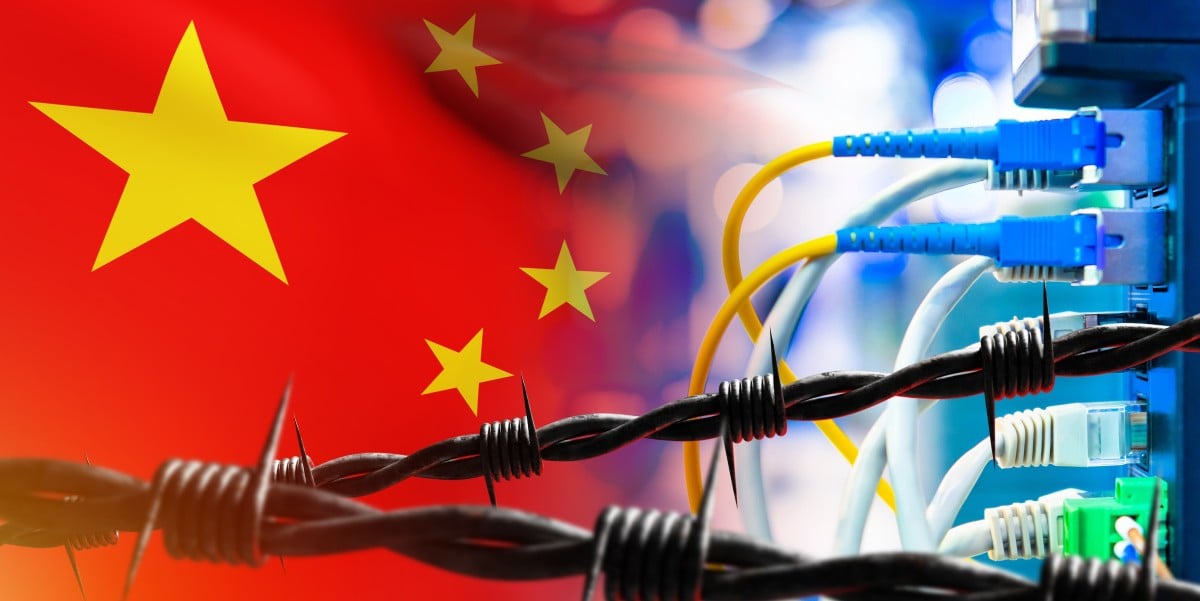Activist group Great Firewall Report spotted the outage, which it said disrupted all traffic to TCP port 443 – the standard port used for carrying HTTPS traffic.
“Between approximately 00:34 and 01:48 (Beijing Time, UTC+8) on August 20, 2025, the Great Firewall of China (GFW) exhibited anomalous behavior by unconditionally injecting forged TCP RST+ACK packets to disrupt all connections on TCP port 443,” the group wrote in a Wednesday post.
That disruption meant Chinese netizens couldn’t reach most websites hosted outside China, which is inconvenient. The incident also blocked other services that rely on port 443, which could be more problematic because many services need to communicate with servers or sources of information outside China for operational reasons. For example, Apple and Tesla use the port to connect to offshore servers that power some of their basic services.



HTTPS may be the official designation for the port, but it is the de facto standard port for TLS. Whatever you want to send over TLS, doesn’t really matter.
HTTPS is just HTTP served over TLS (originally SSL).
Step by step, if you were to analyze a web connection over port 443, you would see that the client first negotiates the TCP connection (via three-way handshake), then TLS, and it’s not till after TLS is established that HTTPS is negotiated.
In that way, it’s kinda wrong to say it’s the HTTPS port. It’s really, nowadays, the TLS port. HTTP is just one of many protocols that can ride on top of it, and when we do that, we call it HTTPS.